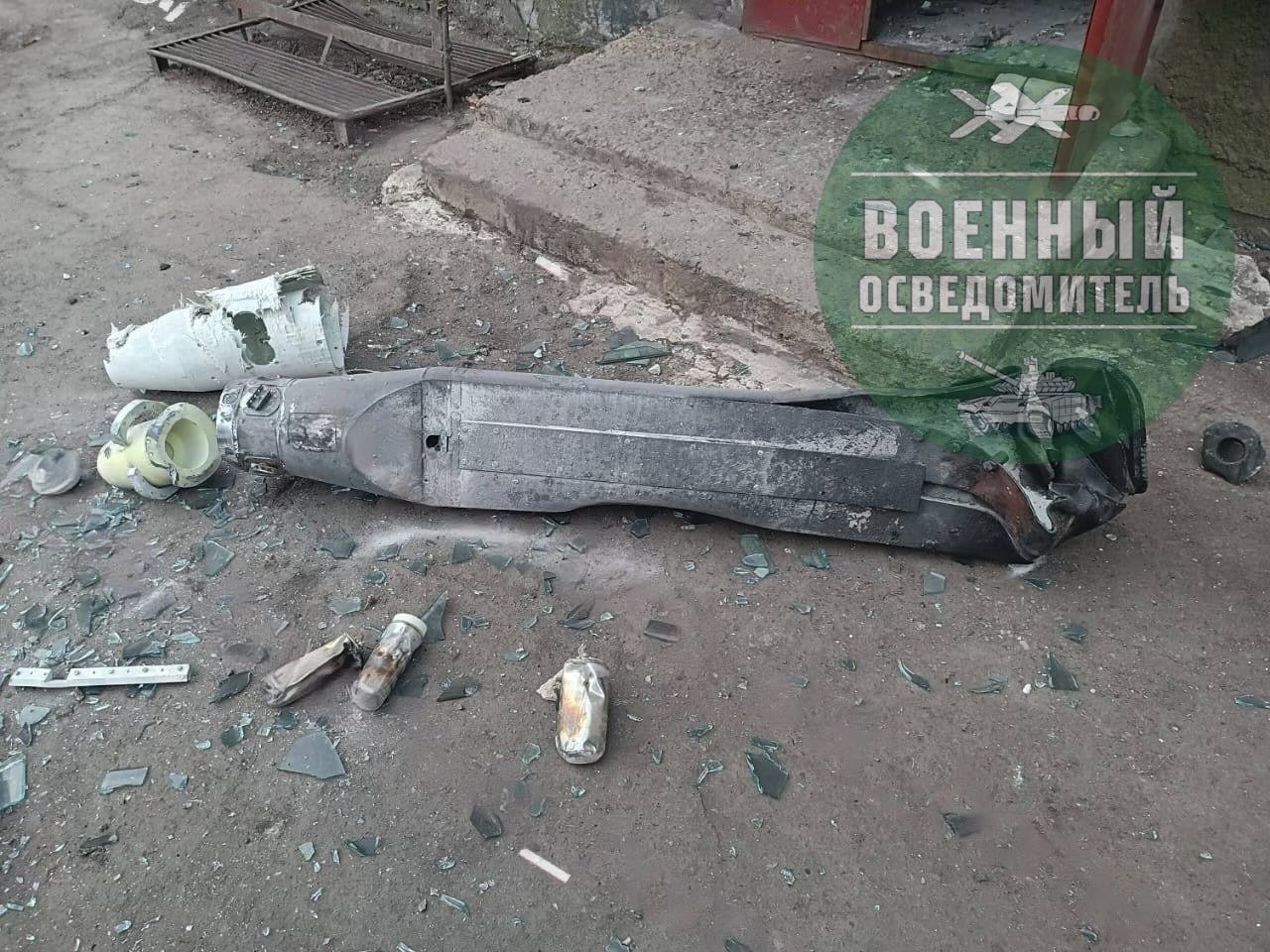Kharkiv, Ukraine’s defiant bastion, bears the scars of an aerial onslaught – a brutal display of Russia’s revamped Soviet-era glide bombs.
On May 25th, Russian forces dropped two glide bombs on Kharkiv, Ukraine’s second-largest city. The first bomb struck a hypermarket building, where approximately 200 people were present at the time. The attack resulted in around 60 confirmed deaths and 40 injuries.
Immediately following this attack, the Russian military launched another strike on the city, this time hitting a residential area in central Kharkiv, injuring 14 people.
A few days prior to this incident, President Volodymyr Zelenskiy stated that Ukraine requires a defense system to counter Russia’s guided bombs. He reported that over 3,200 guided bombs were deployed against Ukrainian targets in April alone, describing them as Russia’s “main instrument” in its attacks.
These weapons are not completely new; instead, they are old weapons upgraded with new equipment.
A glide bomb is a conventional air-dropped bomb adapted to be launched remotely instead of directly over the target. Initially, these bombs are basic “dumb bombs,” later enhanced with wing kits and satellite navigation systems to improve accuracy, turning them into “smart” bombs. Unlike smart bombs, dumb bombs lack guidance systems and are dropped straight downward from a bomber onto a target below.
Born from the ashes of World War II, where the German Fritz X, pioneered by the Nazis, served as the inaugural model. Subsequently, the United States advanced the development and utilization of various glide bombs in conflicts, including the Vietnam War, the Iraq War, and the war in Afghanistan.
Russia has been revamping its old Soviet stockpiles by upgrading heavy FAB-500 and FAB-1500 bombs with a Unified Gliding and Correction Module. This upgrade includes fold-out wings and a satellite navigation system, transforming them into guided weapons.
These enhanced bombs, directed by a guidance system, offer significant destructive power and reduce risks to aircrews. Despite their simplicity and low cost, glide bombs have become one of Russia’s most effective weapons in the ongoing war.
Russian UMPB D-30SN
As per Ukrainian media, Russian forces utilized the new UMPB D-30SN glide bombs to strike the DIY hypermarket.
These weapons represent the most recent additions to Russia’s military campaign in Ukraine. Technically, the UMPB D-30SN refers to a kit of additional equipment designed to be affixed to an existing Soviet-standard bomb, specifically intended for use with the FAB-250 high-explosive aviation bomb.
This kit converts a bomb in free fall into a glide bomb by deploying its wings, enabling it to glide towards its target. This feature permits aircraft to release the bombs from a secure distance, avoiding entry into enemy-controlled airspace.
Consequently, Russian pilots can conduct bombing missions without venturing into Ukrainian airspace, thus minimizing the risk of being shot down.

According to media reports, the UMPB D-30SN boasts an operational range 20 to 30 km greater than its predecessor, the UMPK. When paired with the 500-kilogram FAB-500 bomb, the UMPK can autonomously fly for 60 to 65 km after being launched from high altitude by a carrier aircraft traveling at high speeds.
Due to their significant payload, these bombs cause extreme damage upon impact. Lacking the precision of guided missiles or artillery, they are ineffective against mobile targets. However, they excel at demolishing multi-story buildings and reinforced bunkers, often resulting in severe injuries, including brain trauma, for survivors.
Glide Bombs Propel Russia’s Advances In Ukraine
According to media reports, the widespread use of glide bombs has significantly contributed to Russia’s territorial gains in Ukraine. These bombs have played a crucial role in Russia’s recent offensive in Kharkiv Oblast, paving the way for ground troops.
A report from the Kyiv Independent warns that these glide bombs could pose an even greater threat to Ukraine, as the country currently lacks effective defenses against them. With Russia expected to continue the mass deployment of glide bombs to support further offensives, experts express concerns about the escalating danger they present.
Ukraine’s Defensive Struggle
On the other hand, Ukraine faces challenges with glide bombs against Russian jamming. Despite Ukraine’s utilization of glide bombs supplied by the United States against Russia, Reuters reports that these weapons are facing hurdles against advanced Russian electronic jamming, prompting Ukraine to search for effective countermeasures.
The Ground-Launched Small Diameter Bomb, jointly developed by Boeing and Saab Group, represents a recent addition to the guided bomb arsenal, boasting a range of approximately 100 miles thanks to its innovative small wings. Mass production of this weapon commenced in 2023, with its inaugural combat use occurring in 2024 during Ukraine’s defense against the Russian invasion.

Ukraine received these bombs in early February 2024. Despite marketing claims touting its navigation system’s resilience to jamming, Reuters reveals that the bombs’ guidance systems are being thwarted by Russian interference, leading to numerous missed targets.
Air power expert Justin Bronk of the RUSI think tank succinctly captures the essence of Ukraine’s predicament while talking to the Daily Mail.
“Unfortunately, effectively shielding against these glide bombs at the frontlines is a significant challenge for Ukraine. The Russians possess the capability to launch glide bombs from considerable distances. Despite Ukraine’s occasional victories in intercepting these high-altitude glide bomb assaults by positioning Patriot launchers near the front lines and placing radar systems relatively close to them to strike at the opportune moment and swiftly engage the approaching Russian aircraft, operating from a perceived safe distance. However, Ukraine also experienced the loss of Patriot launchers to a UAV, which detected and guided a ballistic missile towards them.”
As the conflict persists, the airspace over Ukraine has evolved into a battleground of technological advancement, with the mastery of glide bomb superiority holding significant sway. In this aerial clash, the stakes have reached unprecedented heights, and the pursuit of dominance brooks no margin for error.
- Shubhangi Palve is a defense and aerospace journalist. Before joining the EurAsian Times, she worked for E.T. Prime. In this capacity, she focused on covering defense strategies and the defense sector from a financial perspective. She offers over 15 years of extensive experience in the media industry, spanning print, electronic, and online domains.
- Contact the author at shubhapalve (at) gmail (dot) com.




